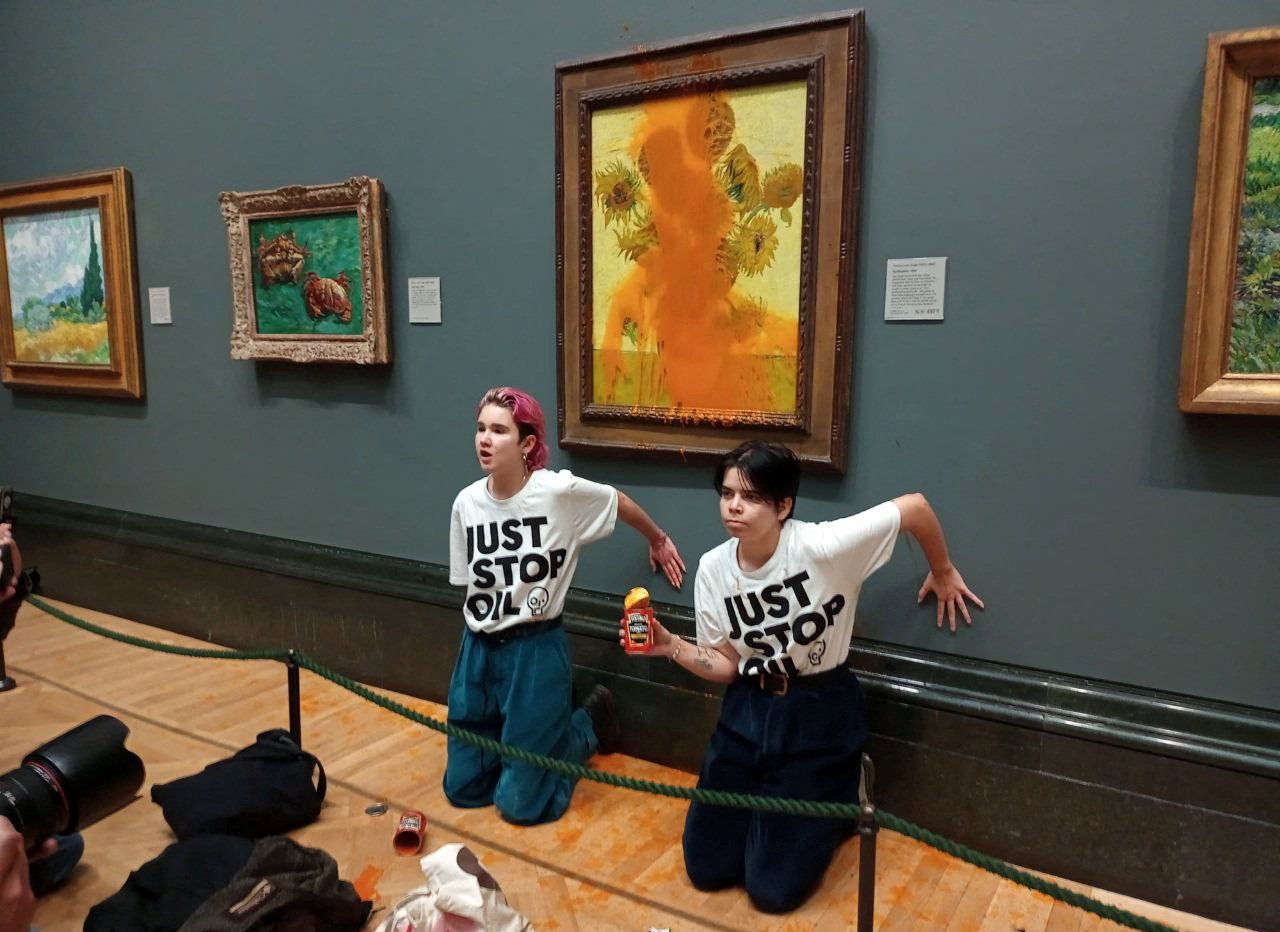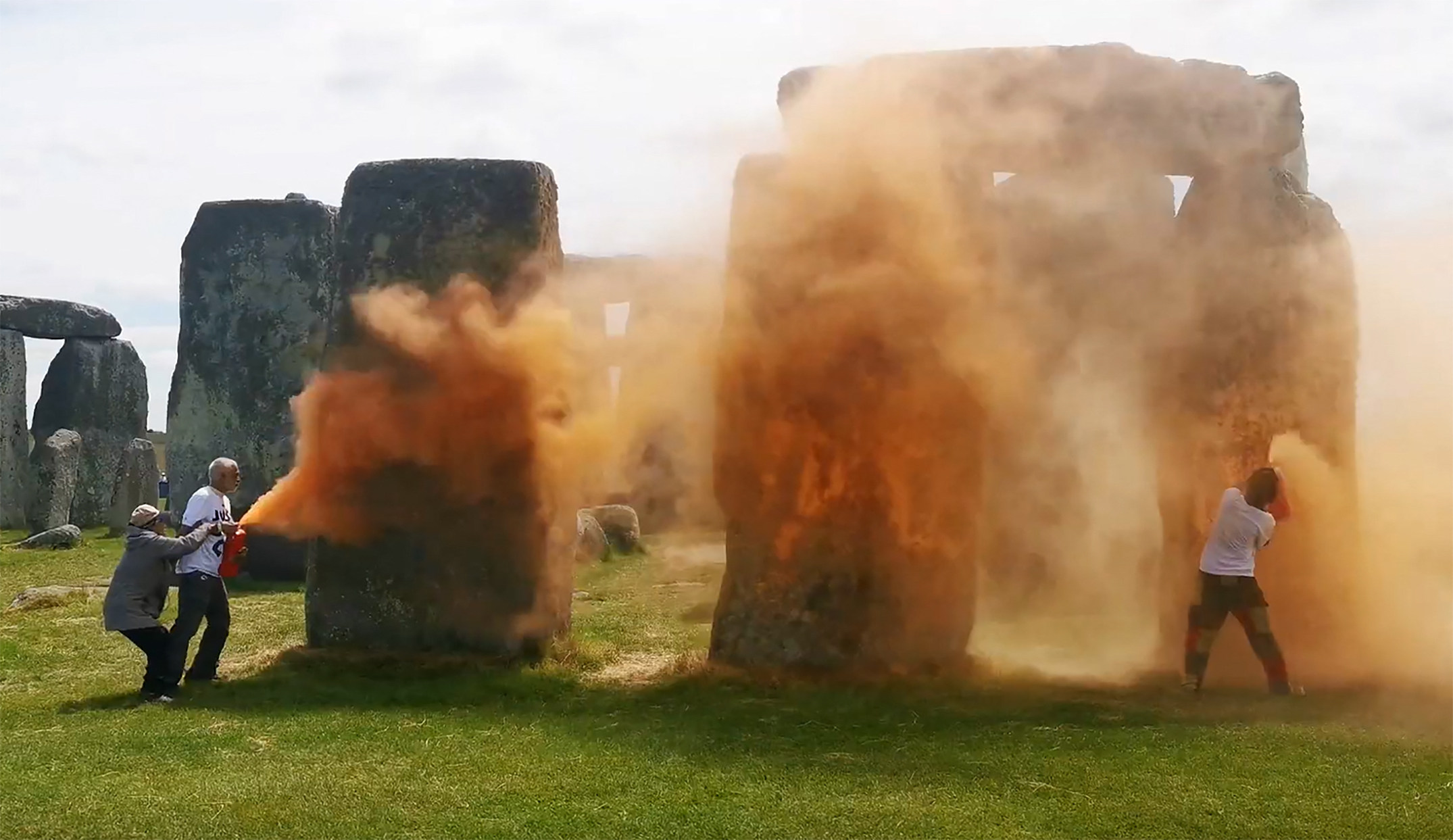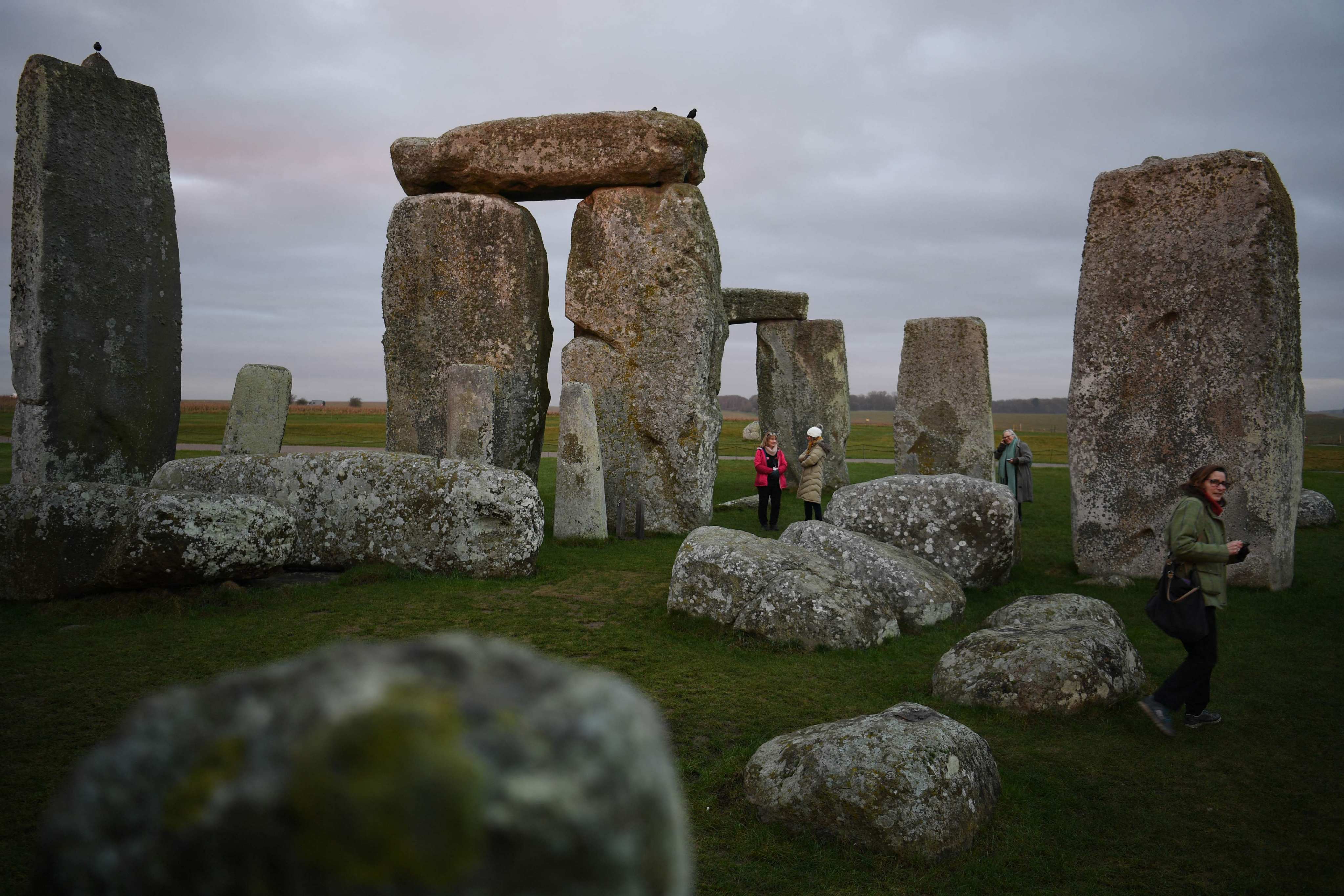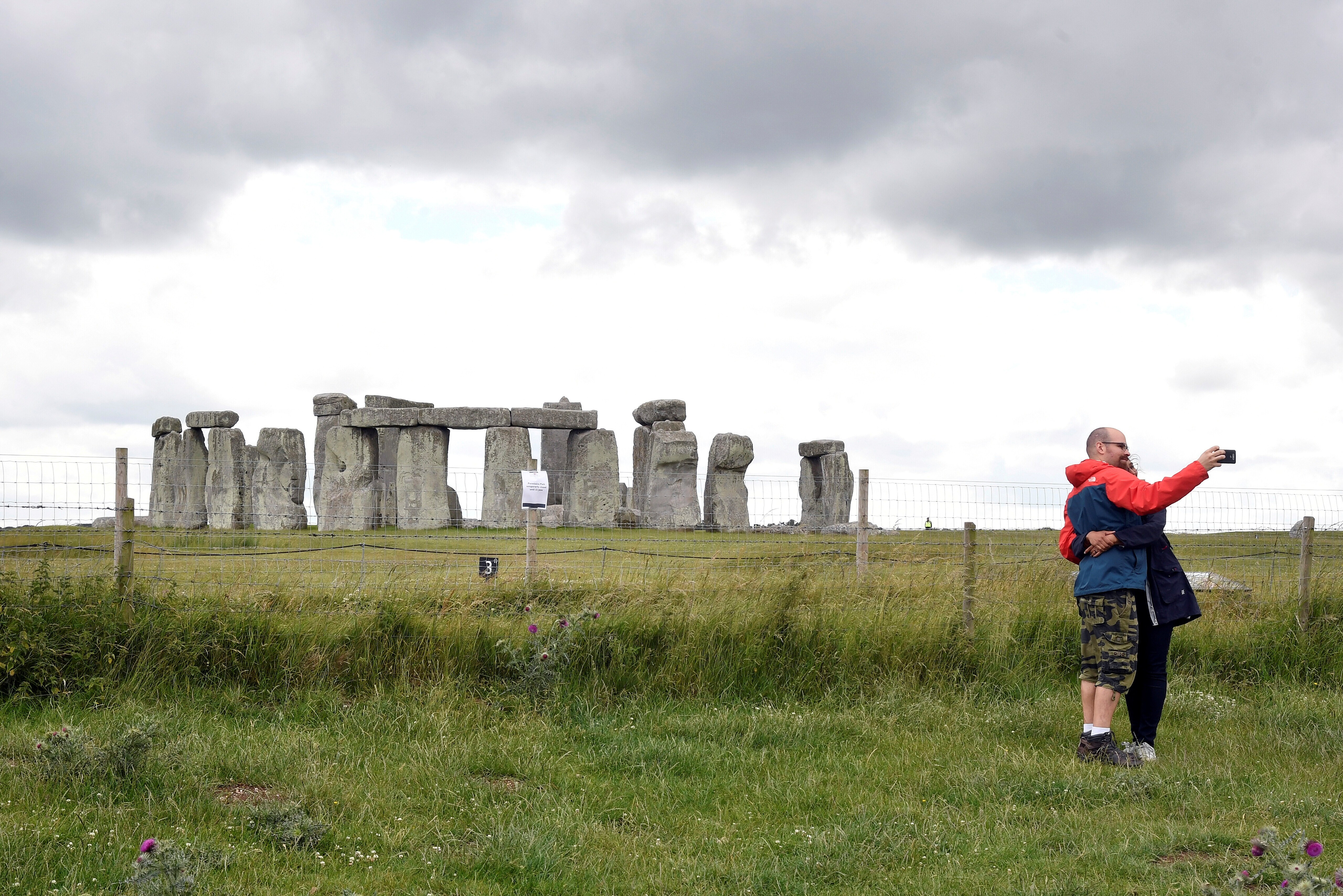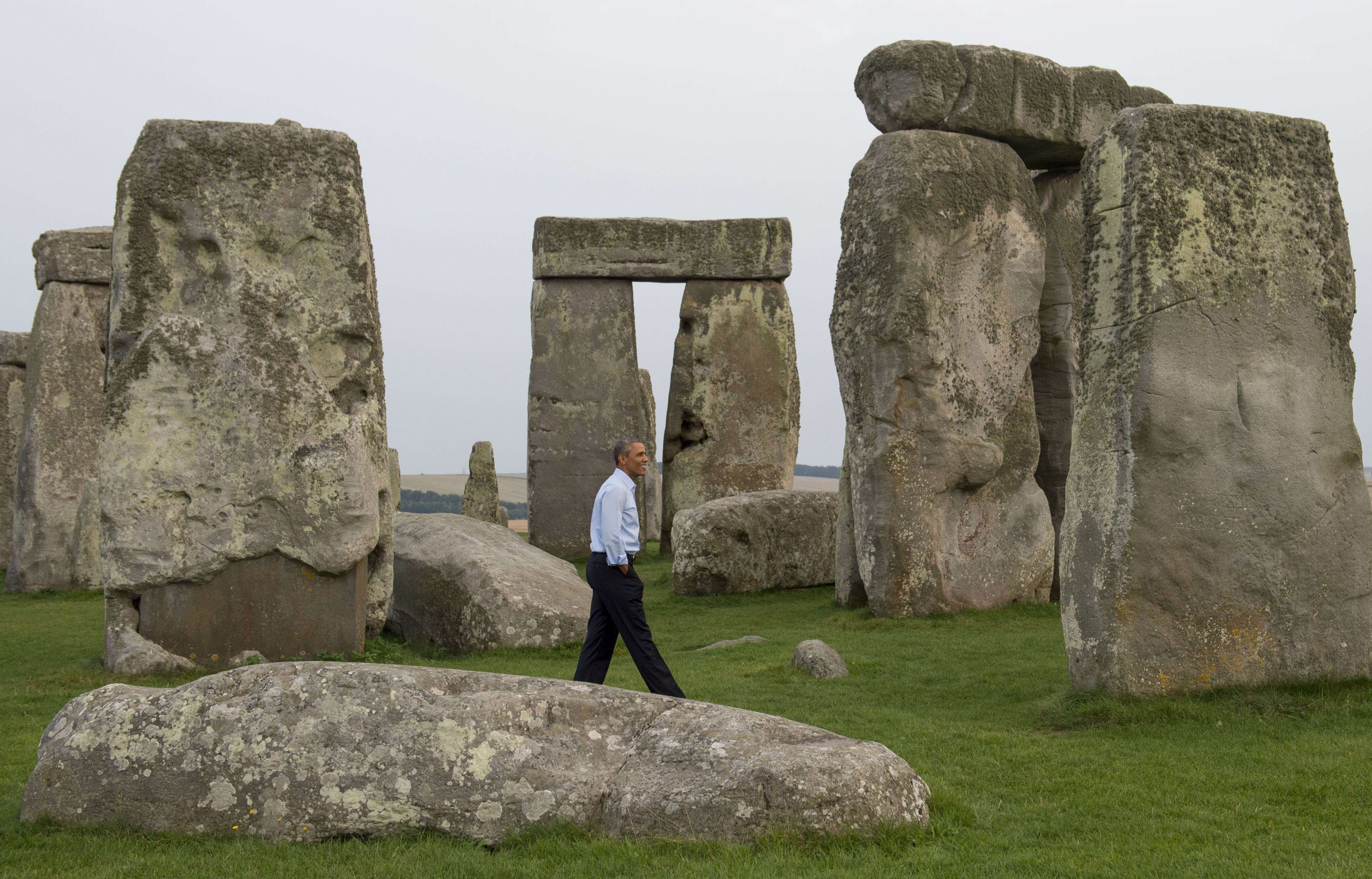
TOPIC
/ location
Stonehenge

Stonehenge
Stonehenge is a prehistoric monument and UNESCO World Heritage site located in Wiltshire, southern England. Archaeologists believe it was built in three stages anywhere between 3000 BC to 2000 BC. The monument is constructed of Bluestone, Sarsen, Welsh Sandstone which stand in a ring. It is not known why or how Stonehenge was constructed - some believe it was a place of healing while others claim it is a burial place. It attracts millions of visitors each year.
Advertisement
Advertisement
Advertisement
Help preserve 120 years of quality journalism.
SUPPORT NOWAdvertisement
Advertisement
Advertisement
Advertisement
Advertisement
Advertisement
Advertisement
Advertisement
Advertisement
